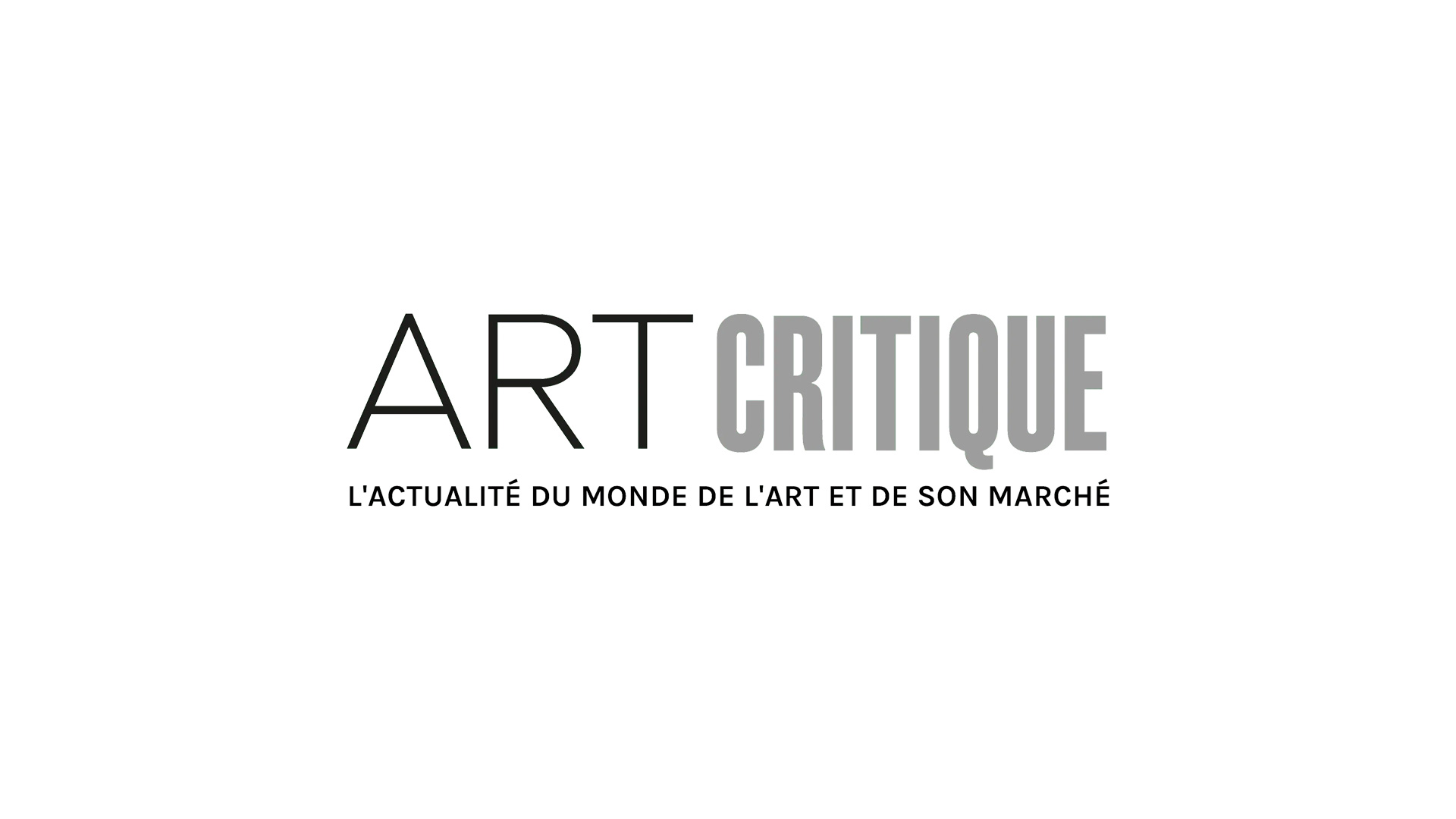If you were able to look at a timeline of American culture throughout the 20th century, you would get a lot of visual information and perspective. The shifting and growing of brands, the changes in design trends, and one of the starkest indicators, the evolution of fashion. But equally as informative as the variables in this picture of Western values are those elements that remain static. And one of those barely changing images is the face of a girl clad in every stylish trend from 1969 onwards: Barbie.
More often than not found on bedroom floors, toy chests, and the shelves of stores, Montréal’s “Barbie Expo” now finds over 1000 unique versions of the iconic doll posed in sterile glass displays. There can be something bleak about the image of beloved toys now occupying the space of collector’s items in crisp white exhibits, but it is not a large gap to bridge here. Situated in the Les Cours Mont-Royal shopping mall, there is little difference between walking into the “Barbie Expo” and walking into one of the stores. The exhibit space feels like an odd mix between a high-end shopping mall’s lounge area (complete with a bubbling fountain in the centre), and an examination of designer fashion. Which is exactly what the installation markets itself as: “A magical exhibition of haute couture by the leading fashion designers.”

It’s definitely easy to see Barbie’s prevalence in relation to fashion, both high and general. Travelling along the shelves, you find names of high profile fashion designers (Ralph Lauren, Kimora Lee Simmons), representations of fashion trailblazers (Grace Kelly, Beyoncé) , decades’ worth of clothing trends, classic works of art in dress form, as well as many facets of pop culture- The Wizard of Oz, Wonder Woman, Star Trek, as well as a case full of Elvis Presleys to name a few. It’s a truly overwhelming expanse of snapshots into America, all immortalized in plastic. But the cultural window of the “Barbie Expo” also pushes its scope to international proportions, Barbie’s from across the world displayed across entire walls of the exhibit. From Alaska to the Philippines and Ghana to India, it’s refreshing to have these perspectives on fashion from cultures and peoples that you might not find represented at your local toy store.


But the positive feeling of this broad spectrum of international fashions put on display in equal position to the Barbie we know and love can’t quite shake away this nagging sense of commercialist dread. While it’s true that the history of Barbie can be viewed in tandem with the history of haute couture and pop culture, it also rides side by side with the history of American brands. The fashionista doll is certainly an unsuspecting Trojan horse for product names to enter the minds and homes of families, but it is unsettling how effective a tool it seems to have been for so many major companies. While some of the more fashion oriented companies make sense as partners, such as MAC Cosmetics and Hudson’s Bay, the presence of Oreos, Nascar, and Campbell’s Soup Barbies feels surreal. The slender, platinum blonde canvas of Barbie has never been more over than seeing entire shelves of veritable advertisements smiling in unison. And what is perhaps most dizzying about this perspective is how normal it seems. The pinnacle of her role as an advertising tool is and ouroboros of the modern world: Barbie clad in a dress plastered with her own face and logo.

It’s hard to explain the exact feeling thoroughly exploring all the dolls present at the “Barbie Expo”. Interesting, inspiring, entertaining, unsettling, discouraging, and numbing all come in bits and pieces while passing the bright smiles lining the display cases. There is magic in watching clockwork runway walks with actual flashing cameras in the hands of the tiny plastic audience, but also the death of magic in tracing the longevity of a brand growing to become a very pretty way for other brands to reach for your wallet together. But above all else, it is exhausting. As your eyes trace across a timeline extending across fields of interest, geographical borders, and all forms of fashion, it is hard not to feel the sheer weight of historical information unleashed by such a familiar form. But as a young sister and brother excitedly run from case to case, their mother pausing now and then to smile and study what might have been a close companion at one point in her life, there’s a glimmer of life in plastic being fantastic.





